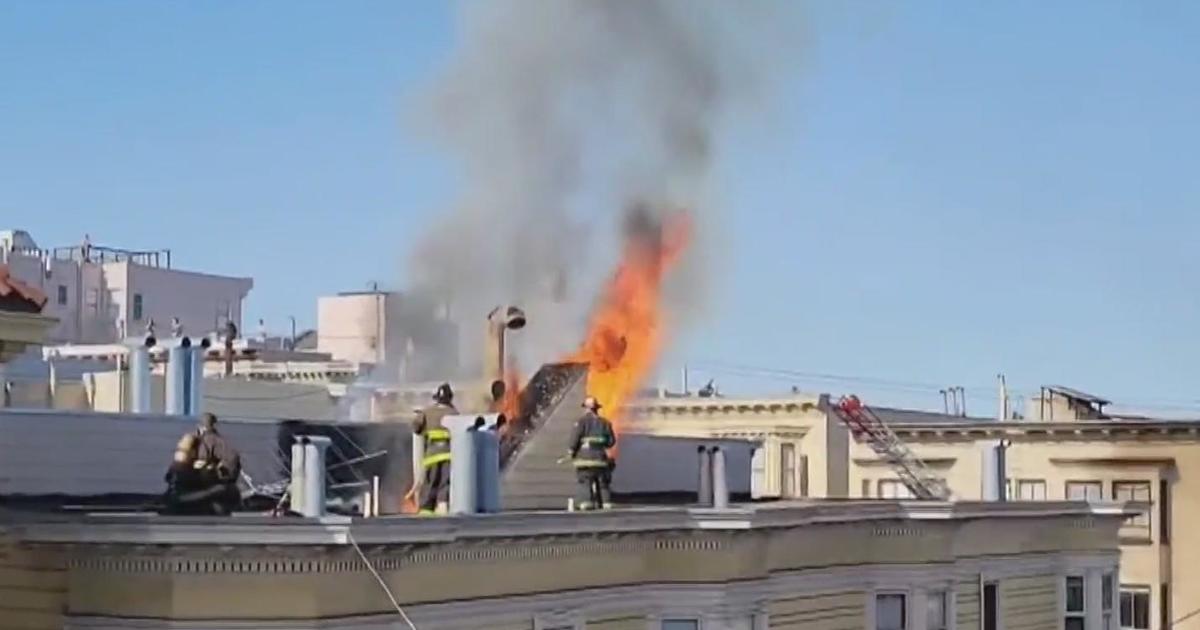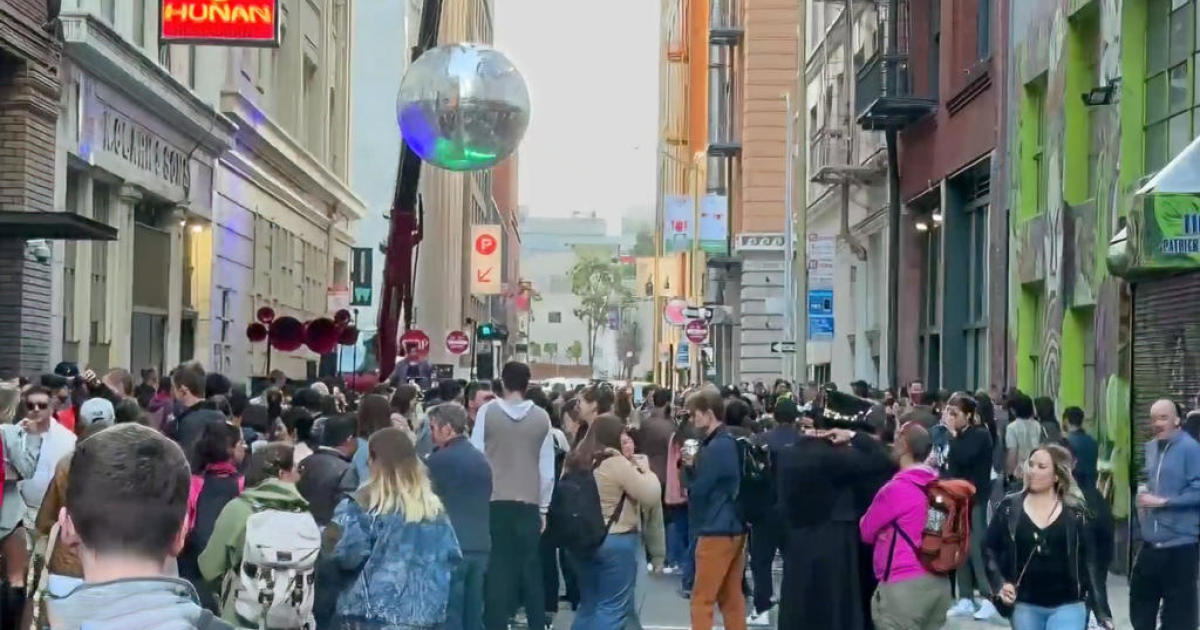VR 360 View: Dude, where's my driver? Take a 360-degree ride inside of a fully autonomous car
Put on your goggles or move your mouse and click to experience the story in virtual reality.
By Itay Hod, KPIX
SAN FRANCISCO -- From the engineering prowess of the Golden Gate Bridge to its earthquake-resistant skyscrapers, San Francisco has always been ahead of the curve.
But driving around the city can sometimes feel like an ever-changing obstacle course, with its complex network of winding roads, unpredictable weather and next-to-impossible parking.
It's why Bay Area native James Kealohi says he gave up on owning a car altogether.
"It's pretty inconvenient to own a car," he said, adding that at times it takes longer to park it than getting to places.
But on a windy February morning, Kealohi took the ride of his life, as he hopped on a futuristic car called Waymo.
"Oh, my goodness," he said as the car began driving with no one at the wheel. "It's actually really trippy."
The director of employment services at the San Francisco LGBT Center, Kealohi often checks up on dozens of clients throughout the city.
Getting to them is half the battle. But recently, the center has partnered up with Google's parent company Alphabet to help test its new driverless taxi, Waymo. And on this morning, Kealohi took it on a solo spin for the very first time.
It may sound like science fiction, but driverless technology has accelerated in recent years. Waymo is one of the first companies to deploy a fleet of fully autonomous taxis in California and Arizona.
Software engineer Reed Morse took us on a tour of the company's depot in southeast San Francisco, where the cars park themselves for a quick cleaning and recharge.
These fully electric Jaguar I-PACE come with what the company calls its "Waymo Driver," a combination of hardware and software that serve as the car's eyes and ears.
ALSO READ: Feds opens probe of Cruise robotaxis clogging up San Francisco traffic
According to Morse, the car can see up to 300 meters – the equivalent of about 3 football fields – in every direction, thanks to an array of sensors, including radar, lidar that give the car a 360-view of the road day or night.
But it's the view inside the car that will make even the most jaded reporter do a double take.
These cars watch for pedestrians, change lanes and make turns all on their own. The company recently rolled out new features, including autonomous parallel parking during pickups and drop offs, and better navigation around double-parked cars and construction.
No need to do anything. Just get in and the car takes you where you need to go. For those who might be curious about how that wheel is turning all on its own, Morse's advice? Keep your hands to yourself.
"You can't take over," Morse said. "In fact, if you touch the wheel the car will come to stop and will ask you to please knock it off."
It's hard not to be impressed. The car was able to recognize red lights, and merge onto traffic without a hitch. It's a bit slower than your average driver. But that, Morse said, is by design.
"They're programmed not to speed that's illegal. We don't like to speed," he said.
The road to self-driving has had more than a few speed bumps. Last year, Ford and Volkswagen pulled the plug on their autonomous joint venture as the costs of driverless technology ramped up.
And then, of course, there's the question of safety.
City transportation officials have raised concerns about whether these cars are ready for primetime after a Waymo taxi stopped in the middle of a busy intersection, bringing traffic to a halt. Another driverless car by GM almost ran over a fire hose as firefighters were battling a two-alarm blaze.
Morse said he understands why some people might be skittish about getting into a car without a driver but insisted most people get used to it relatively quickly.
ALSO READ: Streets of San Francisco test mettle of Cruise robotaxis
"Once you're sitting in the car, we have this screen that shows you everything the car is seeing," he said.
Waymo says driverless cars are safe precisely because they don't have a human at the wheel. They don't drink or get tired, and they're never on their phones.
With more than a million autonomous miles driven on public roads, the company has had only two crashes that met the criteria for inclusion in the National Highway Traffic Safety Administration's database. Waymo says that in those cases, it was because their cars were rear ended by distracted drivers.
But perhaps the biggest advantage is for those who dread small talk.
"Some people don't get along with the driver or sometimes drivers don't want to take you where you want to go," Morse said. "We're building a car that won't do that. It will take you exactly where you want to go and won't argue with you and won't kick you out of the car."
Waymo is now expanding its service, testing its driverless cars in Los Angeles. The company is waiting on one final permit before going fully operational in San Francisco.
As for Kealohi, his first ride was a trip into the future, one that gives new meaning to the phrase: reinventing the wheel.
"I remember being a child and seeing 'The Jetsons' as a kid and so this does seem incredibly futuristic," he said.
More Links
Waymo Ramps Up Self-Driving Car Testing In South Bay
Google Spinoff Waymo Gets OK For Driverless Cars On California Roads
Waymo driverless car brings San Francisco traffic to a halt during rush hour
Firefighters smashed the window of a driverless Cruise taxi to stop it running over their hose.



